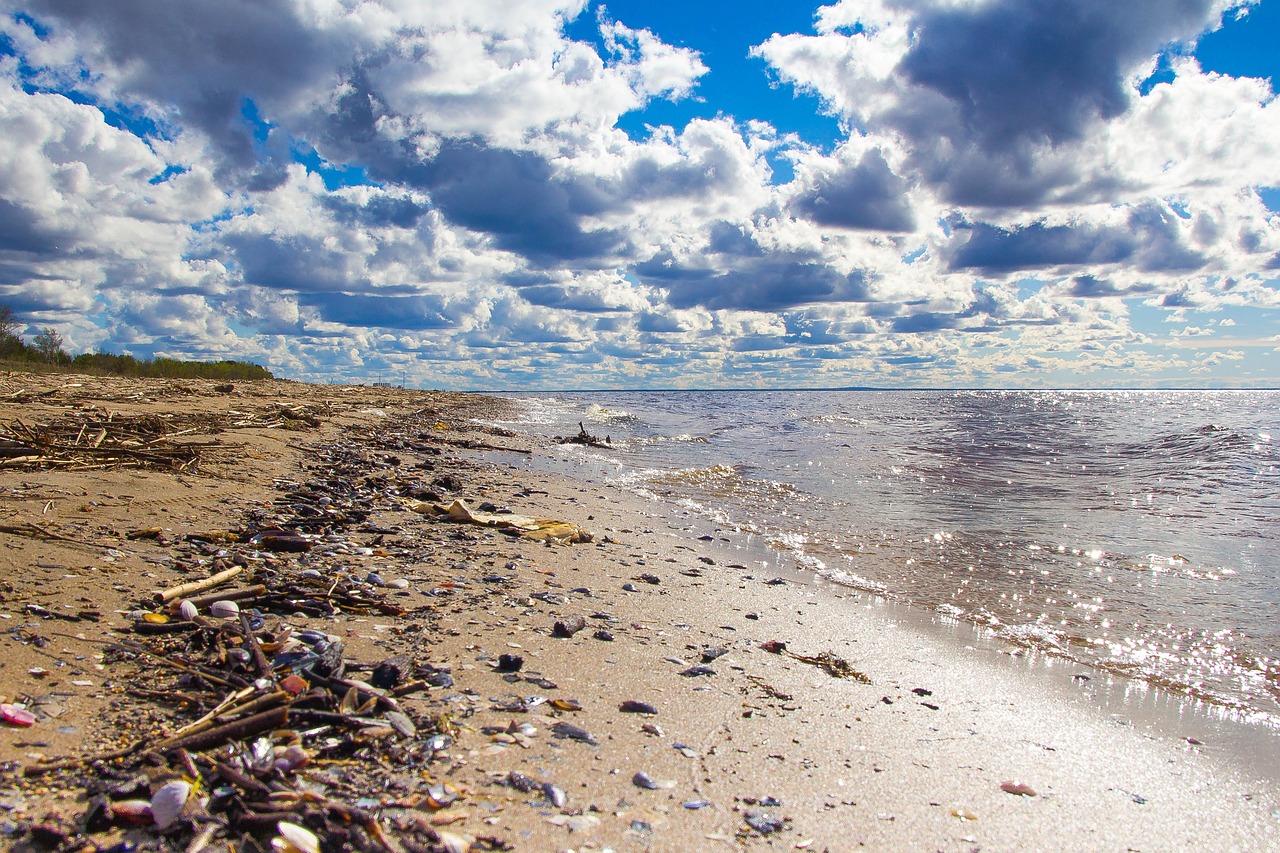
Pre-reading questions:
I will read each question. Then, please answer them.
講師がそれぞれの質問を読むので答えましょう。
- Does garbage cause pollution?
- Can we stop garbage pollution?
Vocabulary:
I will read the words, meanings, and sample sentences. Then, repeat after me.
単語、意味、例文を読みます。講師に続いて音読しましょう。
- bug /buhg/
- Pacific /puh-SIF-ik/
- environmental /en-vahy-ruhn-MUHN-tl/
- permanent /PUR-muh-nuhnt/
- material /muh-TEER-ee-uhl /
[noun] – a very small insect
I’ve definitely been bitten by the gardening bug.
[noun] – the ocean that is to the east of Asia and Australasia and to the west of North and South America
Many short rivers flow into the Pacific Ocean.
[adjective] – relating to the environment
Environmental issues are becoming more widely recognized.
[adjective] – lasting for a long time or forever
Are you looking for a temporary or a permanent job?
[noun] – a physical substance that things can be made from
Plastics are made from crude oil as the raw material.
Article reading:
Please read the whole article. Then, I will check your pronunciation and intonation.
記事を音読しましょう。講師はあなたの発音とイントネーションを確認します。
Many of the animals are coastal species that live on a small island halfway between California and Hawaii, thousands of miles from their natural habitats. Anemones, tiny marine bugs, mollusks, and crabs were discovered on 90% of the rubbish. Scientists are concerned that plastic may help invasive organisms spread.
Plastic particles measuring more than 5cm (2in) in diameter were collected from a circular pattern of ocean currents in the Pacific. Dr. Linsey Haram, the project’s lead researcher at the Smithsonian Environmental Research Centre, said: “Plastics are more permanent than many of the natural debris that you previously have seen in the open ocean. They’re creating a more permanent habitat in this area.”
Plastic pollution has contaminated at least five circular patterns of ocean currents on the planet. “All sorts of stuff ends up out there,” said Dr. Haram. “It’s not an island of plastic, but there’s definitely a large amount of plastic corralled there.” A large portion of the material is made up of microplastic, which is difficult to see with the human eye.
Plastic particles measuring more than 5cm (2in) in diameter were collected from a circular pattern of ocean currents in the Pacific. Dr. Linsey Haram, the project’s lead researcher at the Smithsonian Environmental Research Centre, said: “Plastics are more permanent than many of the natural debris that you previously have seen in the open ocean. They’re creating a more permanent habitat in this area.”
Plastic pollution has contaminated at least five circular patterns of ocean currents on the planet. “All sorts of stuff ends up out there,” said Dr. Haram. “It’s not an island of plastic, but there’s definitely a large amount of plastic corralled there.” A large portion of the material is made up of microplastic, which is difficult to see with the human eye.
True or False:
Read the sentences and identify if they are true or false based on the article.
文章を読んで、記事に基づいて正誤を答えましょう。
- Anemones, tiny marine bugs, mollusks, and crabs were discovered on 90% of the rubbish.
- Scientists are concerned that plastic may help invasive organisms spread.
- Dr. Linsey Haram is the project’s lead researcher at the Smithsonian Environmental Research Centre.
- Plastic pollution has contaminated at least five gyres on the planet.
- Microplastic is difficult to see with the human eye.
Fill in the blanks:
Choose the correct word from the table then fill in the blanks.
適切な言葉を選んで空欄を埋めましょう。
| bug | Pacific | environmental | permanent | material |
- Wood is a long-lasting __________.
- There’s a __________ crawling up your leg.
- ___________ problems directly affect the quality of people’s lives.
- Hawaii is in the __________ ocean.
- The condition has the cause __________ harm to the brain.